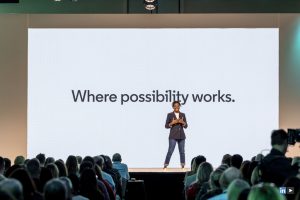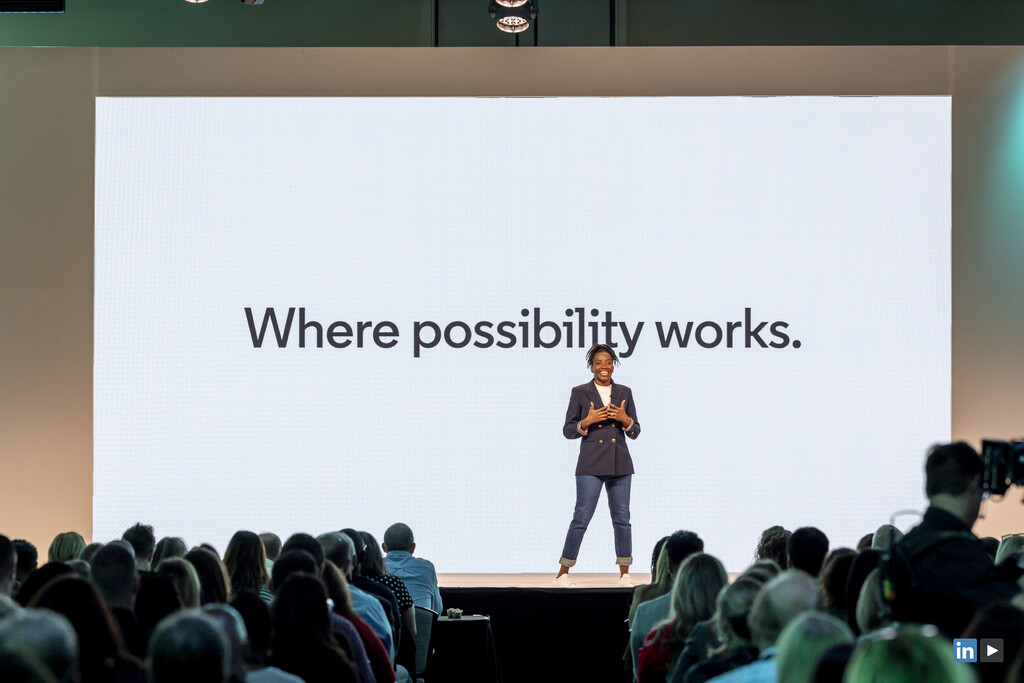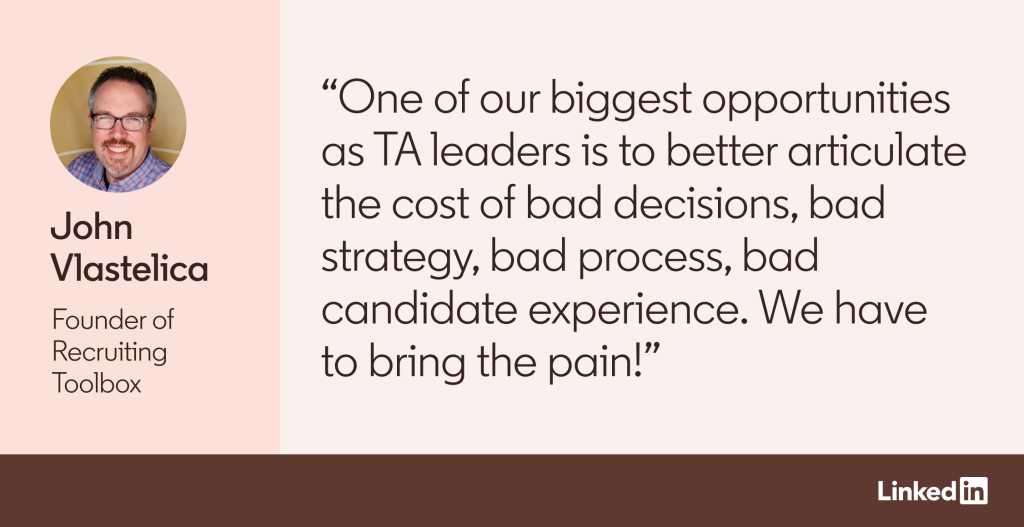Sometimes, you need big, bold ideas to move the world forward. The printing press. The electric lightbulb. The personal computer. Each of these inventions profoundly changed the world and each started with someone saying, “I’ve got a great idea.”
The same holds true for learning and development. At this very moment, learning leaders around the globe are dreaming bigger about the future of learning.
In LinkedIn’s recent Workplace Learning Report, we shared some of their boldest and most interesting ideas. Imagine, for example, a world in which everyone has access to AI-driven immersive learning or managers are rewarded for exporting talent. Consider what workplaces might look like if we fueled innovation by tapping into the power of stillness.
For a further glimpse into the big dreams of some leading L&D thinkers, read on. And remember: Sometimes, all you need to spark serious change is someone saying, “I’ve got a great idea.”
1. What if CLOs became chief skills officers?
“Many C-suite executives don’t understand the real value of learning: They see it as just a benefit or nice-to-have. When you talk to business leaders, their questions will instead revolve around business strategy and how learning will help you get there. So, even if chief learning officers don’t officially change our titles, we should think of ourselves as chief skills officers, or chief upskilling officers, in charge of strategically building skills that will drive tangible outcomes for the business.”
— Amanda Nolen, cofounder at NilesNolen
2. What if everyone had access to AI-driven immersive learning?
“AI-driven immersive learning will bridge the gap between theory and practice, allowing employees to learn concepts and apply them in an immersive, simulated environment. Some companies have started creating experience learning worlds (ELWs), like digital hospitals and cities, that allow learners to explore different industries in a simulated environment. AI will give learners challenges to solve and feedback on how they’re doing, helping them learn new skills and even get certifications and experience. This will change the way employees learn because it allows them to practice technical skills before they actually start working.”
— Manpreet Singh Ahuja, partner and chief digital officer at PwC India
3. What if we make the first 30 days all about the employee?
“Let’s transform onboarding into a collaborative opportunity for employees, managers, and L&D pros to shape each job’s ‘mission.’ Even individuals with the same title at the same organization seldom have identical responsibilities. L&D should collaborate with managers to identify employees’ skills, learning preferences, and goals. During onboarding, L&D pros should ask employees and managers: What are the employee’s goals? What skills do you want to build, and how will these skills benefit our business? Then, build learning programs aligned with these desires. Starting with agreed-upon goals enhances the employee’s engagement and motivation — and helps ensure learning closes skill gaps.”
— Dorna Eriksson Shafiei, VP of talent management at Atlas Copco
4. What if companies incentivized leaders to export their talent?
“LinkedIn research shows that only 19% of employees are encouraged by their organizations to explore internal role changes. What is often getting in the way is leaders’ fear of losing their top talent without the ability to backfill. Imagine a future where leaders are considered talent builders and they are rewarded for exporting talent to other departments in their organization. Imagine a future where not just managers, but executives sponsor and model internal movement themselves. By unlocking doors for our in-house talent, there’s no limit to the innovation that becomes possible for both our employees and our organizations.”
— Stephanie Conway, senior director of talent development at LinkedIn
5. What if we treat career navigation as a mission-critical skill set?
“Leveraging relationships, identifying strengths and interests, and tapping into personal curiosity are all things that can help employees grow their careers — and fuel retention within your organization. Finding ways to teach employees the skills and capabilities that can help them navigate their career in a self-sustaining way, outside of formal learning moments, will unlock growth for them and growth for your organization.”
— Al Dea, founder of The Edge of Work
6. What if we believe emotion is just as important as cognition?
“Emotion is not important to learning. Emotion is learning. Our reactions to our experience determine what we store and form the basis from which we reconstruct a memory. Only what moves us, changes us. To say that ‘emotion is important to learning’ is to say ‘cognition is important to learning’. Let’s help employees with the things they care about or move them to care about new things. These are the two ways we can help them.”
— Nick Shackleton-Jones, CEO and founder of Shackleton Consulting
7. What if instead of moving faster, we chose to stay still?
“Counterintuitive as it may seem in our fast-paced, tech-driven world, it would benefit us all to embrace a profound truth: that embracing stillness can be more powerful than keeping pace with the relentless march of technology. This stillness isn’t about idleness, but about creating a mental space where true clarity and innovative ideas can emerge. It’s a necessary respite in the constant noise — a silent rebellion against the myth that to be productive, we must always be in motion. This is the unexpected rhythm of progress in the AI era: the power of pause.”
— Christopher Lind, VP and chief learning officer at ChenMed










